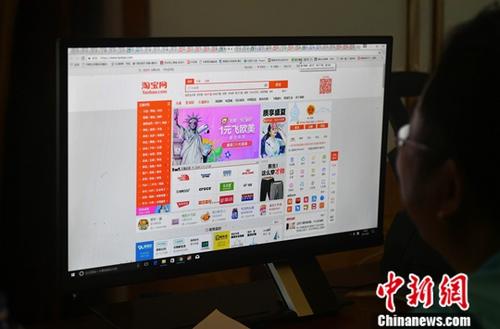After The Eight Hundred’s exposure, it is predicted that 200 mu of real scene will reappear the Suzhou River in 1937.

Director Guan Hu directed the scene.
1905 movie network news Director Guan Hu’s latest film released a preview of "Big Production" today, revealing how this huge war system that took several years was tempered. It took 18 months to design and build a 200-acre real scene to reproduce the original appearance of Suzhou Creek in 1937, to restore the real hot battlefield with 300 flares and 50,000 explosion points over the sum of ten war dramas, and then to use IMAX cameras to create an unprecedented sense of reality … … A series of staggering figures in the preview all prove that the film has comprehensively improved the standard of China war genre films in terms of production scale and industrial level. For the creative team, such intensive efforts to restore the real battlefield are not only out of the guarantee of film quality, but also out of the sense of mission to truly restore history and reproduce national heroic feats.
It took a year and a half to build 68 buildings on 200 acres of land. Guan Hu is not only a director but also a "project supervisor"

2400 table lamps, 50 kilometers of wires, real-life restoration
The prototype of the film The Eight Hundred story is the four-line warehouse defense battle that took place in Shanghai in 1937, which was the last battle of the Battle of Songhu. At that time, China and Japan fought fiercely for nearly three months, and Shanghai was about to fall. Xie Jinyuan was ordered to lead more than 420 soldiers of the 524th Regiment of the 88th Division stationed in the four-row warehouse on the north bank of Suzhou Creek. The south bank of Suzhou River is the public relations concession. For the people at home and abroad, this four-day and four-night battle is tantamount to a "live broadcast".

The public concession across the bank is singing and dancing.
In order to truly restore this period of history, the crew spent a year and a half designing and building a real scene with 68 buildings covering an area of 200 mu in the shooting base of Brothers Film World (Suzhou), digging deep into the 200-meter-long Suzhou River, and restoring a "hell" and a "paradise" with colorful sounds on both sides of the river. Behind a string of numbers is the sense of reality that the creators are trying to create. Guan Hu once said, "If you want the audience to believe in this environment, you must first believe it yourself." Everything they do is to make the actors who are in it believe in the world in front of them and the stories that are happening, and infect the audience with true feelings. In their view, this film needs this kind of "simplicity". Guan Hu, a self-proclaimed "project supervisor", summed up the filming process, saying, "It’s not like filming, but maybe this is the real filming". It is particularly worth mentioning that, as one of the shooting locations of the film The Eight Hundred, these restored historical scenes will also be preserved as scenic spots, which are expected to be open to fans and tourists in the future.
50,000 bullets on the ground exceed the sum of 10 war dramas, and the whole film IMAX shooting reproduces the bloodiness of Chinese children.

The Japanese invaders raided the warehouse at night.
As a war giant, The Eight Hundred not only restored the real battlefield, but also did not relax the details of the battle. In order to be closer to the soldiers in 1937 in form, more than 400 actors in the group conducted military training for seven months before shooting, and everyone completed the transformation from "actor" to "soldier". The whole movie used 300 flares to reproduce the lighting effect of the battlefield in that year. More than 300 kilograms of cigarette oil and nearly 5 tons of old newspapers were burned, and 50,000 bullet points on the ground equivalent to the sum of ten major war dramas were set up, creating a real battlefield filled with smoke and gunfire.
In order to present the best visual effect, ensure the realism of the picture and highlight the aesthetic value, photography director Cao Yu set up more than 2,000 desk lamps on the set to match different shots. The particularity of this battle also determines that the lens often needs to look from one shore to the other 100 meters away. The extremely wide dynamic range of ALEXA IMAX 65mm camera and the imaging effect close to the human eye perfectly adapt to this point. The Eight Hundred has also become the third commercial film in the world and the first commercial film in Asia shot with IMAX camera after "Reunion 3" and "Reunion 4".

Brave men lined up for the war
The Eight Hundred is not only a feat of China filmmakers, but also a retrospective of history and a tribute to the heroic spirit. Therefore, the project was restarted for three times, spanning more than five years, but the founders never gave up, because they believed that eight hundred heroes’s blood and Chinese’s unyielding national integrity should be remembered by modern people. Recently, the spirit and courage of the brave men have also attracted international attention. The Eight Hundred has not only become one of the hot films in the media of Cannes Film Festival, but also appeared on the cover of a magazine, and its overseas pre-sale is also very popular. At present, it has signed contracts with nearly 20 countries and regions such as the United States, Canada and Australia, and most countries will release it simultaneously with China.
The film The Eight Hundred will be shown nationwide on July 5th.















































